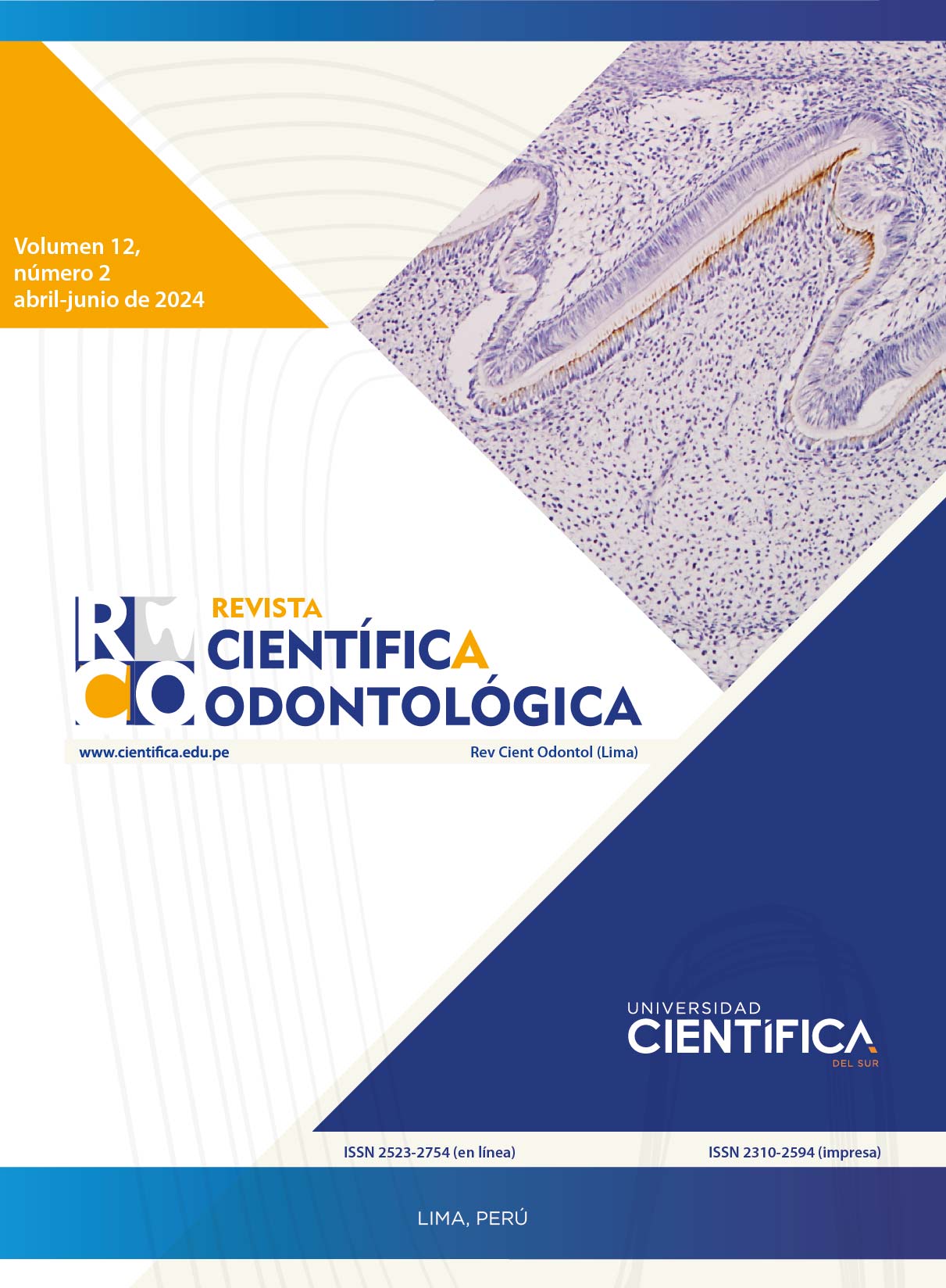Dental caries: relevance of a correct clinical diagnosis
DOI:
https://doi.org/10.21142/2523-2754-1202-2024-192Keywords:
dental caries, diagnosisAbstract
According to the WHO, three-quarters of the population suffers from tooth decay, more than 3.5 billion people worldwide.1 Although dental caries is a well-known disease, proper diagnosis has some grey areas that affect treatment and care, making proper rehabilitation of dental caries difficult for patients. Conventional methods for diagnosing dental caries, such as tactile examination and visual inspection, continue to be widely used in clinical practice. However, the sensitivity and specificity of this method are questionable and will greatly depend on the working conditions in which the professional finds himself. The conventional evaluation is usually complemented with radiographic examinations (periapical and bite-wing x-rays) that will help confirm advanced dental caries lesions or with a view to pulp involvement of the tooth. The latter is a more sensitive but less specific method (especially when there are initial carious lesions), although together with the tactile examination and visual inspection, it considerably increases the success of the clinical diagnosis.
Downloads
Downloads
Published
Issue
Section
License
Copyright (c) 2024 Martin Andrés Chávez-Méndez

This work is licensed under a Creative Commons Attribution 4.0 International License.

Este obra está bajo una licencia de Creative Commons Reconocimiento 4.0 Internacional.












